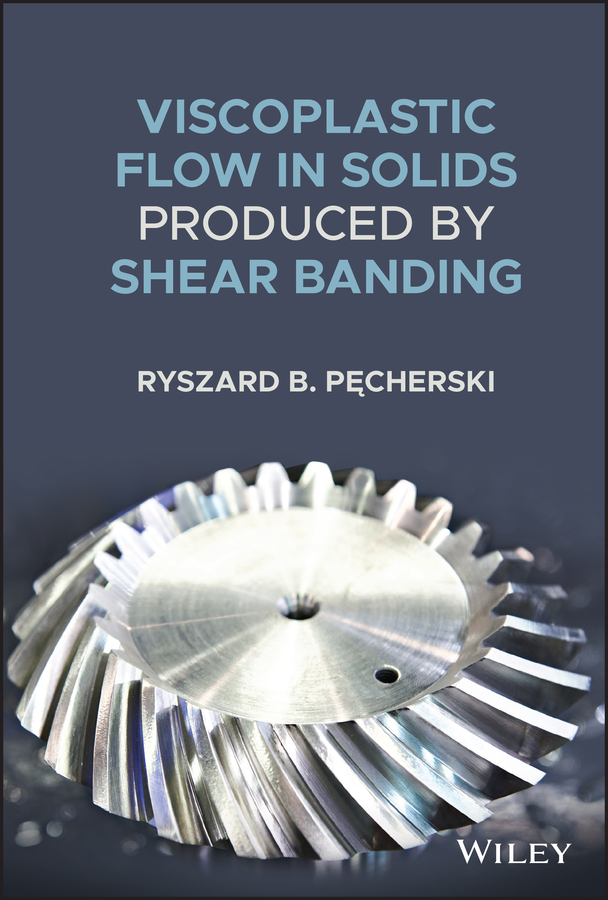
Table of Contents
List of Illustrations
- Chapter 1
- Chapter 2
- Chapter 3
- Chapter 4
- Chapter 5
- Chapter 6
- Chapter 7
- Chapter 8
Guide
Pages
Viscoplastic Flow in Solids Produced by Shear Banding
Ryszard B. Pcherski
 Institute of Fundamental Technological Research
Institute of Fundamental Technological Research
Polish Academy of Sciences, Warsaw, Poland

This edition first published 2022
2022 John Wiley & Sons Ltd
All rights reserved. No part of this publication may be reproduced, stored in a retrieval system, or transmitted, in any form or by any means, electronic, mechanical, photocopying, recording or otherwise, except as permitted by law. Advice on how to obtain permission to reuse material from this title is available at http://www.wiley.com/go/permissions.
The right of Ryszard B. Pcherski to be identified as the author of this work has been asserted in accordance with law.
Registered Office(s)
John Wiley & Sons, Inc., 111 River Street, Hoboken, NJ 07030, USA
John Wiley & Sons Ltd, The Atrium, Southern Gate, Chichester, West Sussex, PO19 8SQ, UK
Editorial Office
111 River Street, Hoboken, NJ 07030, USA
For details of our global editorial offices, customer services, and more information about Wiley products visit us at www.wiley.com.
Wiley also publishes its books in a variety of electronic formats and by printondemand. Some content that appears in standard print versions of this book may not be available in other formats.
Limit of Liability/Disclaimer of Warranty
In view of ongoing research, equipment modifications, changes in governmental regulations, and the constant flow of information relating to the use of experimental reagents, equipment, and devices, the reader is urged to review and evaluate the information provided in the package insert or instructions for each chemical, piece of equipment, reagent, or device for, among other things, any changes in the instructions or indication of usage and for added warnings and precautions. While the publisher and authors have used their best efforts in preparing this work, they make no representations or warranties with respect to the accuracy or completeness of the contents of this work and specifically disclaim all warranties, including without limitation any implied warranties of merchantability or fitness for a particular purpose. No warranty may be created or extended by sales representatives, written sales materials or promotional statements for this work. The fact that an organization, website, or product is referred to in this work as a citation and/or potential source of further information does not mean that the publisher and authors endorse the information or services the organization, website, or product may provide or recommendations it may make. This work is sold with the understanding that the publisher is not engaged in rendering professional services. The advice and strategies contained herein may not be suitable for your situation. You should consult with a specialist where appropriate. Further, readers should be aware that websites listed in this work may have changed or disappeared between when this work was written and when it is read. Neither the publisher nor authors shall be liable for any loss of profit or any other commercial damages, including but not limited to special, incidental, consequential, or other damages.
Library of Congress CataloginginPublication Data
Names: Pcherski, Ryszard B., author. | John Wiley & Sons, publisher.
Title: Viscoplastic flow in solids produced by shear banding / Ryszard B. Pcherski.
Description: Hoboken, NJ : Wiley, 2022. | Includes bibliographical references and index.
Identifiers: LCCN 2022010729 (print) | LCCN 2022010730 (ebook) | ISBN 9781119618584 (cloth) | ISBN 9781119618607 (adobe pdf) | ISBN 9781119618638 (epub)
Subjects: LCSH: Shear (Mechanics). | Deformations (Mechanics). | Viscoplasticity.
Classification: LCC TA417.7.S5 P44 2022 (print) | LCC TA417.7.S5 (ebook) | DDC 620.1/1245dc23/eng/20220408
LC record available at https://lccn.loc.gov/2022010729
LC ebook record available at https://lccn.loc.gov/2022010730
Cover Design: Wiley
Cover Image: Sergey Ryzhov/Shutterstock
I am devoting this work to the memory of my late parents, both teachers. My mother, Kazimiera Natalia de domo Rogala. My father, Bolesaw lyce mathematician, enjoyed sharing knowledge and an extensive math library with me.
I also want to express my extraordinary feelings directed to my late grandpa Antoni Rogala. He was guiding my pen with his wit and imagination. The stories of his life in the turbulent times of the last century become enlightening examples of a positive attitude towards difficult situations.
Preface
The thorough Investigations of the new types of materials nano and ultrafinegrained metallic solids, amorphous metal alloys called glassy metals, and highperformance alloys lead to an essential general conclusion. Observing their failure processes, one may notice that a paradigm shift transpires before our eyes regarding the widely known and accepted ductile failure micromechanisms as initiation, growth, and coalescence of voids. The recent nonstandard experiments confirm the novel observations about the vital importance of accompanying shear modes, e.g. stereo digital image correlation, the tomograms of Xray, or synchrotron techniques related to 3D imaging methods. Dunand and Mohr () present a new microtension and microshear testing technique applying aluminium alloy 6016T4 flat dogboneshaped, as well as notched and central hole samples and smileyshear microspecimens to identify the parameters of hardening law and fracture initiation model. The HosfordCoulomb damage indicator model predicts the ductile fracture initiation that appears imminent with the onset of shear localisation.
It became then evident that the known porous material models, e.g. by Shima et al. () emphasizes the role of shear localisation in lowstress triaxiality ductile fracture.
The known experimental data reveal that metallic solids' inelastic deformation appears in the effect of competing mechanisms of slips, twinning, and microshear banding. Shear banding is a form of instability that localises large shear strains in relatively thin bands. The microshear bands transpire as concentrated shear zones in the form of transcrystalline layers of the order 0.1m thickness. The observations show that a particular microshear band operates only once and develops rapidly to its full extent. The microshear bands, once formed, do not contribute further to the increase of inelastic shear strain. Thus, it appears that successive generations of active microshear bands, competing with the mechanisms of multiple crystallographic slips or twinning, are responsible for the inelastic deformation of metals. Therefore, identifying the physical origins of the initiation, growth, and evolution of microshear bands is fundamental for understanding polycrystalline metallic solids' macroscopic behaviour.
A new physical model of multilevel hierarchy and evolution of microshear bands is at the centre of this work. An original idea of extending the representative volume element (RVE) concept using the general theory of propagation of the singular surfaces of microscopic velocity field sweeping the RVE appears useful for the macroscopic description of shearbanding mechanism in viscoplastic flow, cf. Pcherski () and the wealth of papers cited herein.
Next page


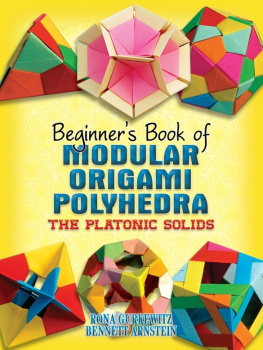

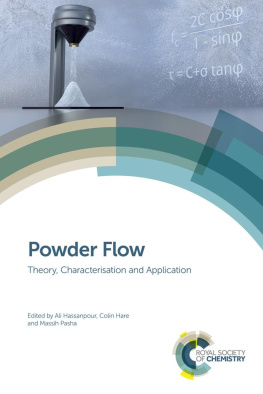

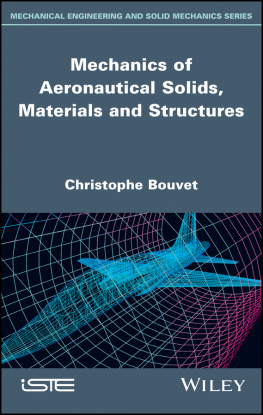
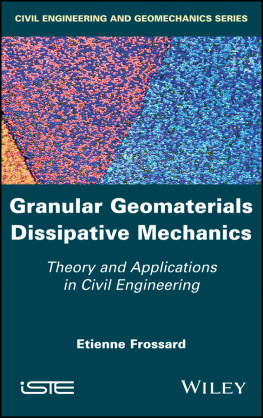
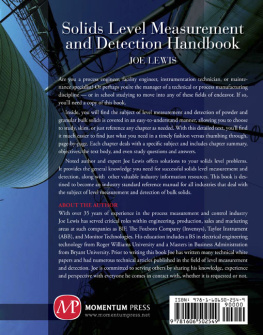


 Institute of Fundamental Technological Research
Institute of Fundamental Technological Research